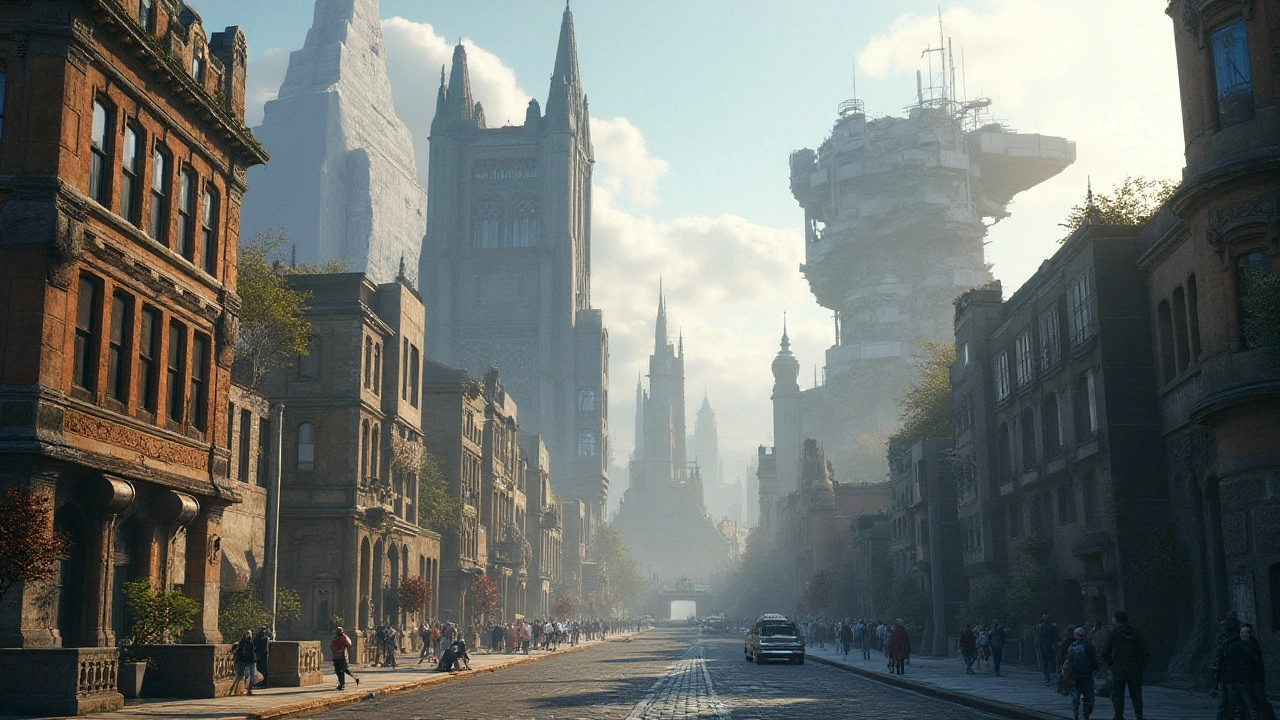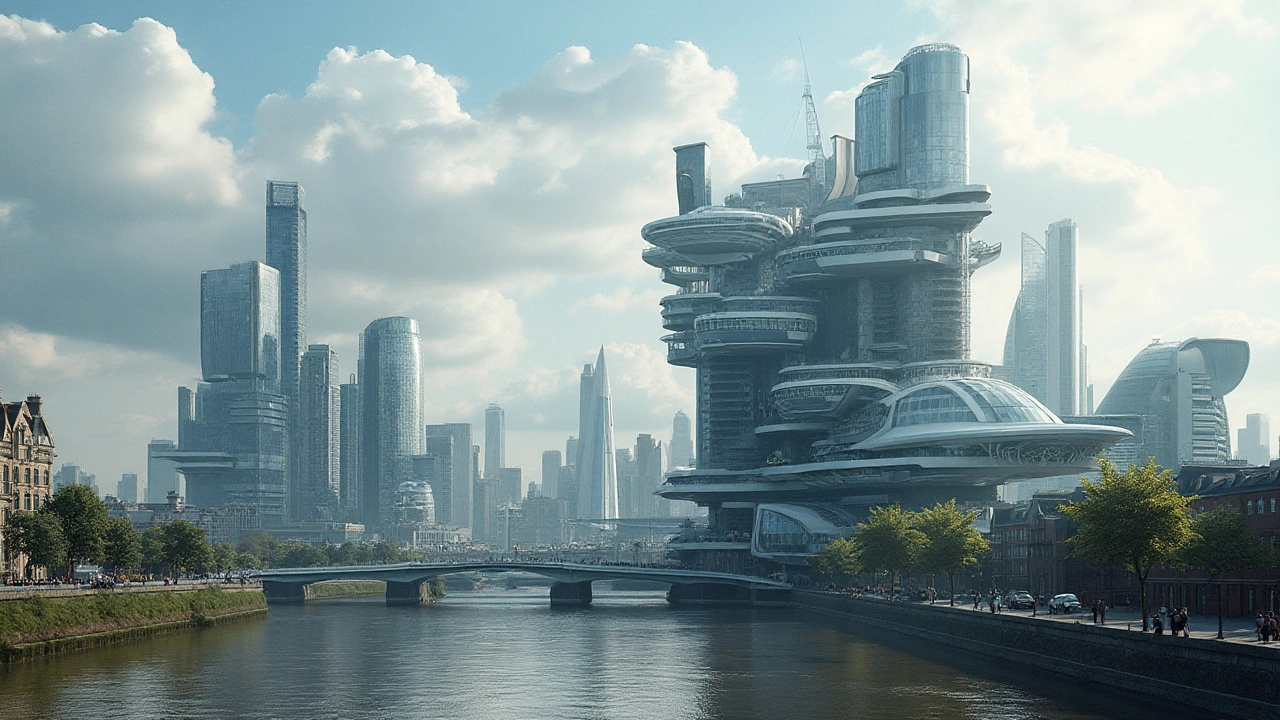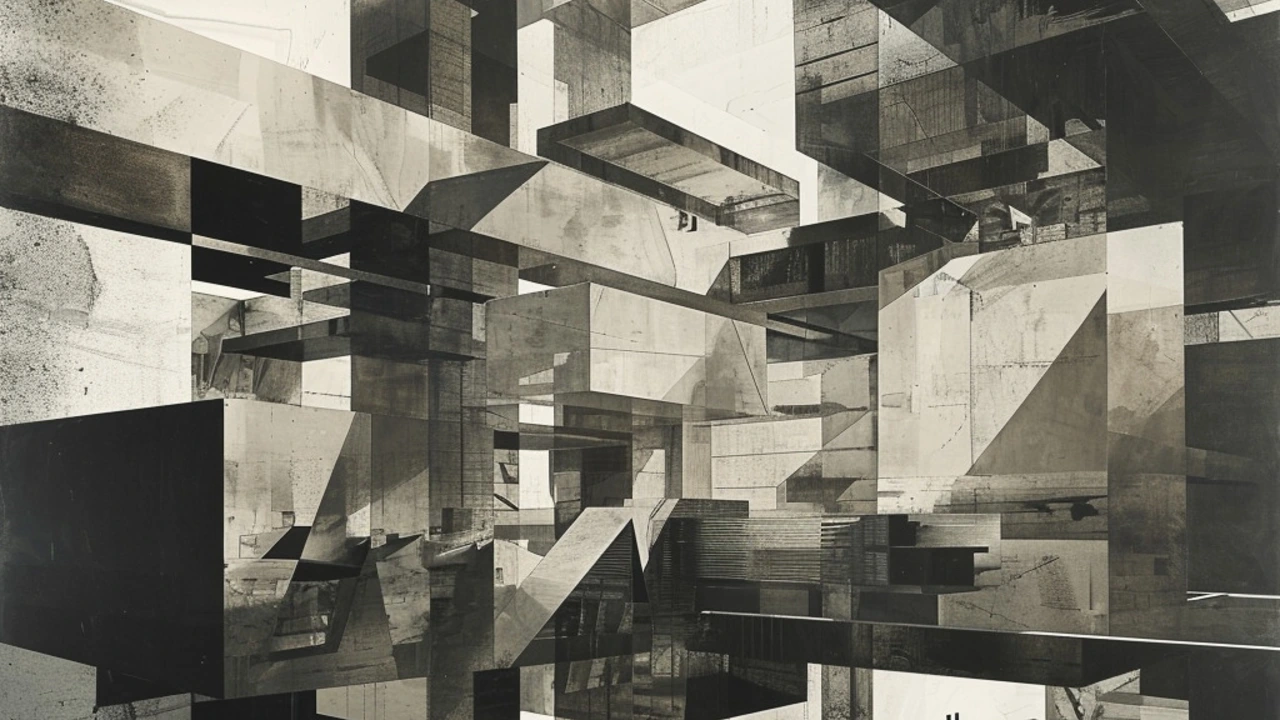Deconstructivism: What It Is and How to Read Its Buildings
Deconstructivism is an architectural style that looks broken, jagged, and unexpected. It rejects neat symmetry and predictable volumes. Instead it uses fragmentation, skewed angles, and clashing planes to create tension and motion. You’ll see buildings that seem to defy gravity or fall apart on purpose.
Why do architects choose this look? Often they want to challenge historical rules, create a strong image, or trigger emotion. Famous names tied to deconstructivism include Frank Gehry, Peter Eisenman, and Zaha Hadid. Think of the Guggenheim Bilbao with its rippling titanium curves or Eisenman’s Wexner Center with its displaced grid — both make you feel the city differently.
How to spot deconstructivist buildings
Look for fragmented shapes and sharp angles rather than classic columns and pediments. Facades might intersect at odd planes or use unusual materials like folded metal and exposed structure. Circulation inside can be non-linear: corridors twist, stairs change direction, and rooms may have unexpected corners. The whole point is to make you notice the building as a piece of art, not just shelter.
That said, function still matters. Some deconstructivist projects work beautifully for users; others struggle with daylight, acoustics, or wayfinding. Engineers and builders often join the design process early to solve real-world problems caused by complex forms. Expect higher budgets and precise fabrication when geometry gets wild.
Practical tips for designers and curious visitors
If you’re an architect trying this style, start with idea-driven collision: overlap simple volumes and then let them cut into each other. Use parametric or BIM tools to test structure and buildability. Sketch physical models too — they reveal how light and shadow behave on odd surfaces. Coordinate with structural and MEP engineers from day one to avoid late surprises.
If you’re visiting a deconstructivist landmark, slow down and walk the perimeter before entering. Notice where the building funnels you, how materials change, and how views open or close. Photography can be tricky — wide angles emphasize distortion, while detail shots reveal materials and connections. Bring sensible shoes; circulation can be irregular.
Deconstructivism still sparks debate. Some praise its bold creativity and cultural impact. Others criticize its cost or the way form sometimes overshadows function. Either way, the style pushed architecture to try new shapes and new engineering. If you want buildings that surprise and provoke, deconstructivist works are essential stops on any architecture tour.
Top places to see deconstructivism include the Guggenheim Museum Bilbao (Frank Gehry), the Wexner Center for the Arts (Peter Eisenman), and the Vitra Fire Station (Zaha Hadid). Each shows a different approach: Bilbao uses flowing metal and big curves; Wexner plays with grids and displacement; Vitra feels angular and urgent. Read project case studies and builder reports when you can; they often explain how complex shapes were solved. Want to learn more? Study digital modeling basics, visit a local modern architecture tour, or pick one building to analyze from street to roof. Observing details teaches more than a quick photo ever will. Share notes with friends or architects to keep learning today online.

Why Deconstructivism Is Redefining Modern Design
Deconstructivism is reshaping modern design by rejecting symmetry and embracing chaos with purpose. From iconic buildings to everyday objects, it’s creating spaces that feel raw, emotional, and deeply human.
Read more
Embracing Deconstructivism: Unleashing Architectural Chaos
Deconstructivism challenges traditional architectural norms by celebrating disarray and fragmentation. This movement emerged in the late 20th century as architects sought to break free from conventional forms and embrace unpredictability. It highlights the beauty found in asymmetry and non-linear designs, with iconic structures like Frank Gehry's Guggenheim Museum exemplifying its principles. Understanding deconstructivism offers insights into how it reshapes our definition of space and design.
Read more
Deconstructivism: Exploring New Dimensions in Architectural Design
Deconstructivism is reshaping the architectural landscape by introducing a radical approach that defies traditional norms. This architectural style embraces fragmentation and unpredictability, challenging conventional structures and aesthetics. As architects push boundaries, deconstructivism offers an innovative perspective on how buildings can exist within their environments. This article delves into the history, principles, and impact of deconstructivism, offering insights into its ongoing influence on modern architectural design.
Read more
Deconstructivism: The Disruptive Force in Contemporary Architecture
Oh, honey, let's chat about Deconstructivism, the fashion-forward diva shaking up the architectural world! It's like Picasso decided to design buildings, throwing traditional rules out of the skyscraper window. With its chaotic charm, Deconstructivism plays with our minds, twisting and turning familiar shapes into abstract masterpieces that surprise and astonish. It's a wild, unpredictable party in the architectural scene, breaking the mold and shaking us out of our conventional comfort zones. So next time you see a building that looks like it's had a little too much to drink, remember, it's not having a meltdown, it's just living its best Deconstructivist life!
Read more